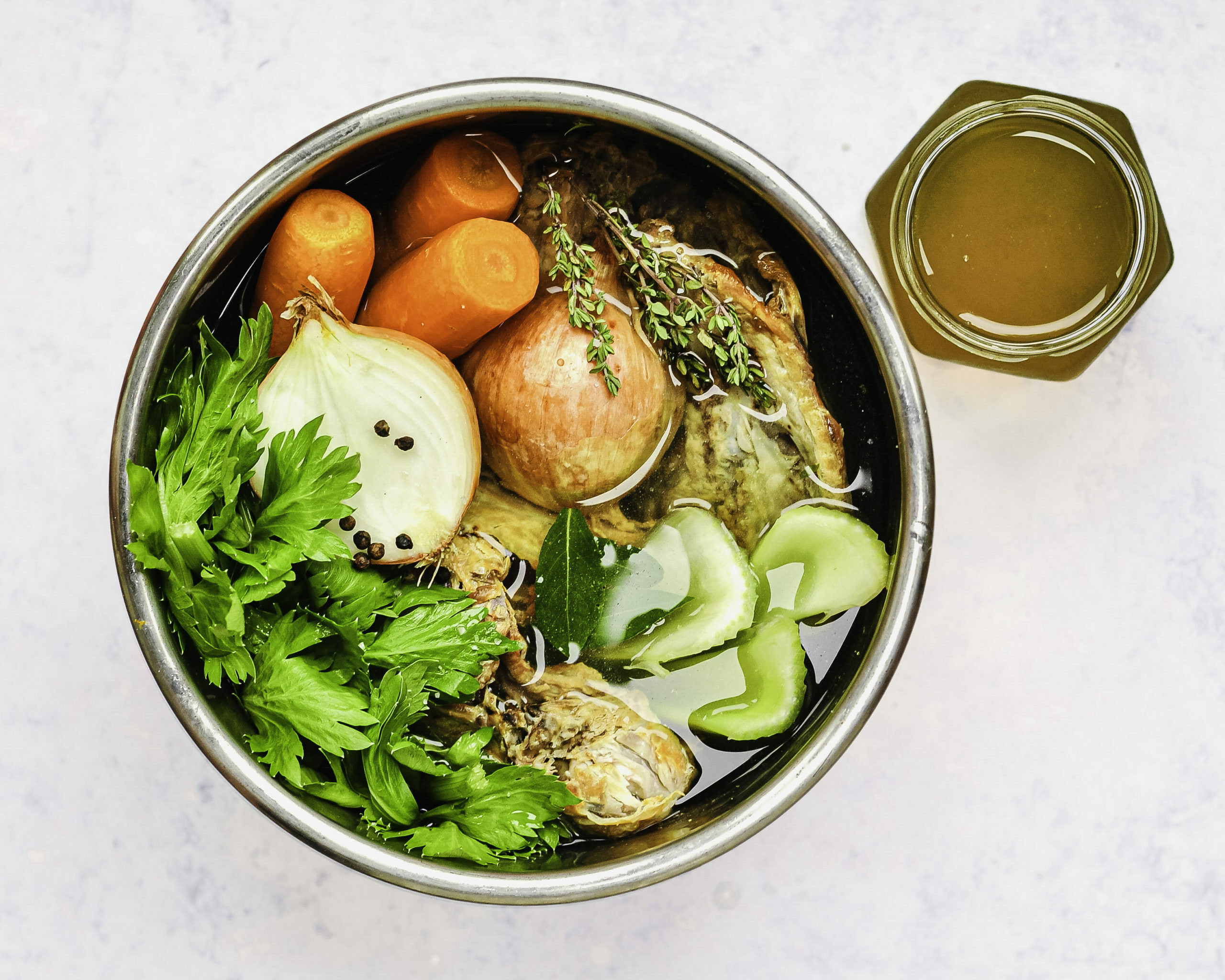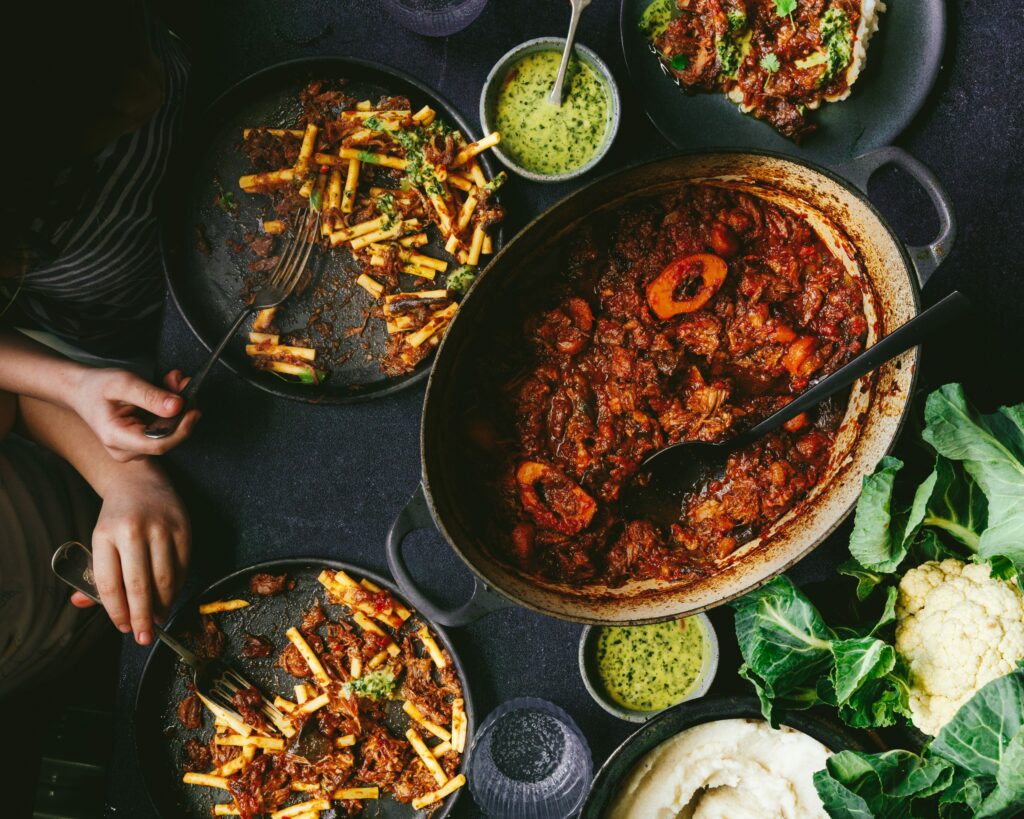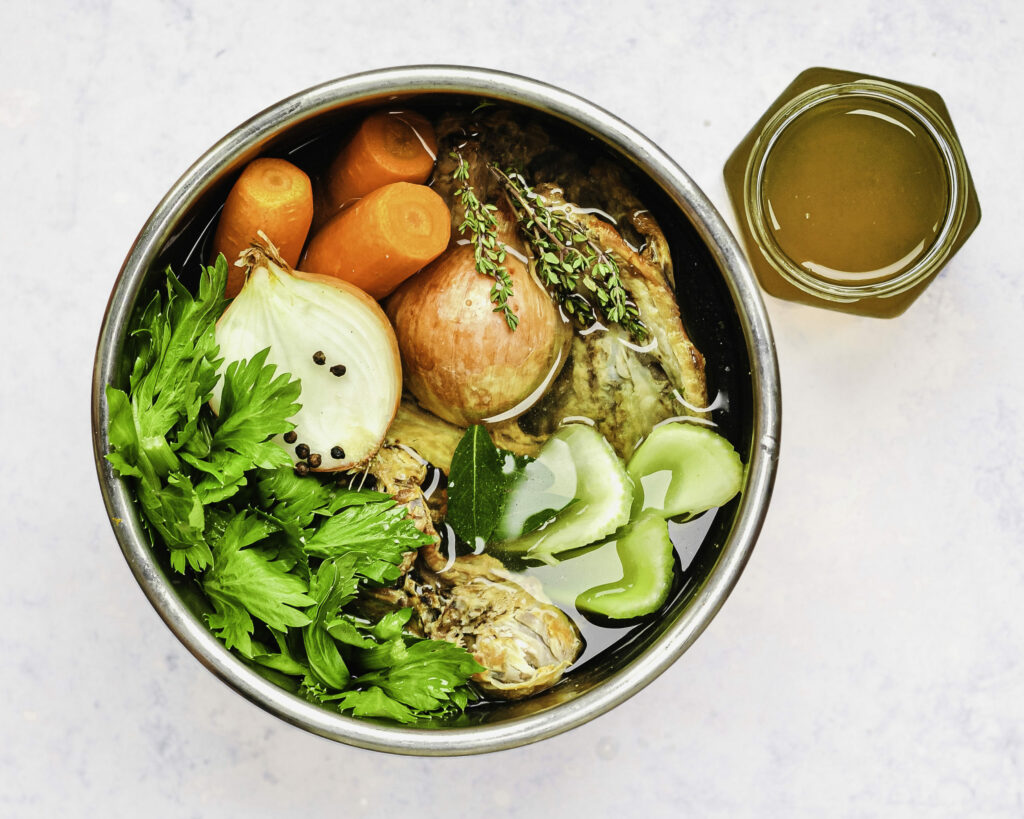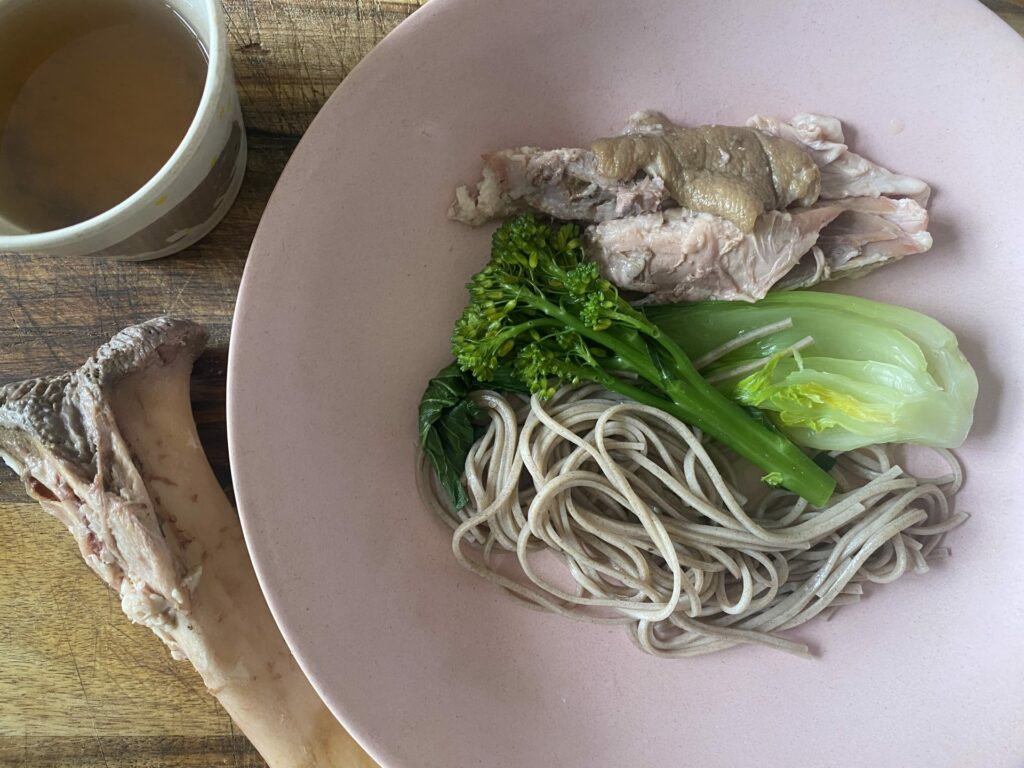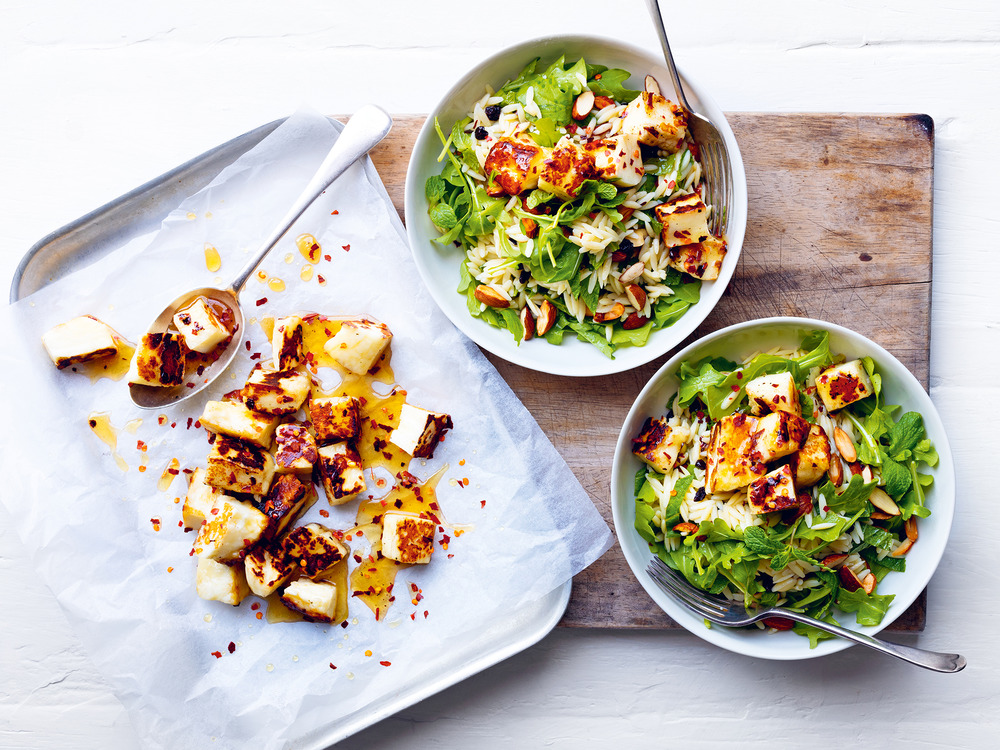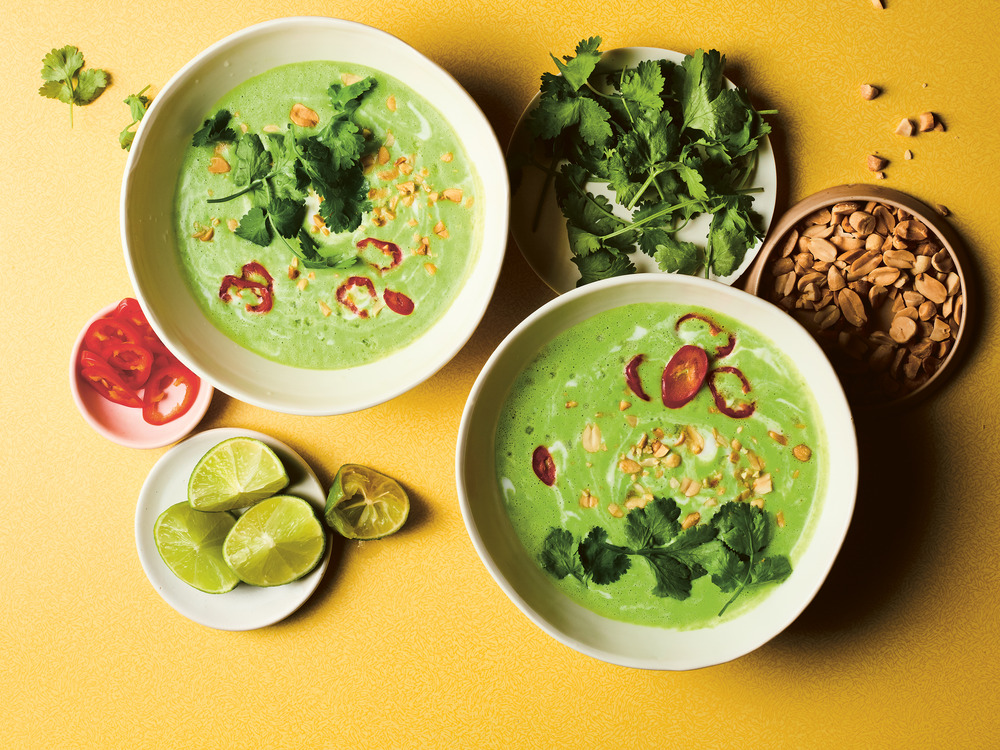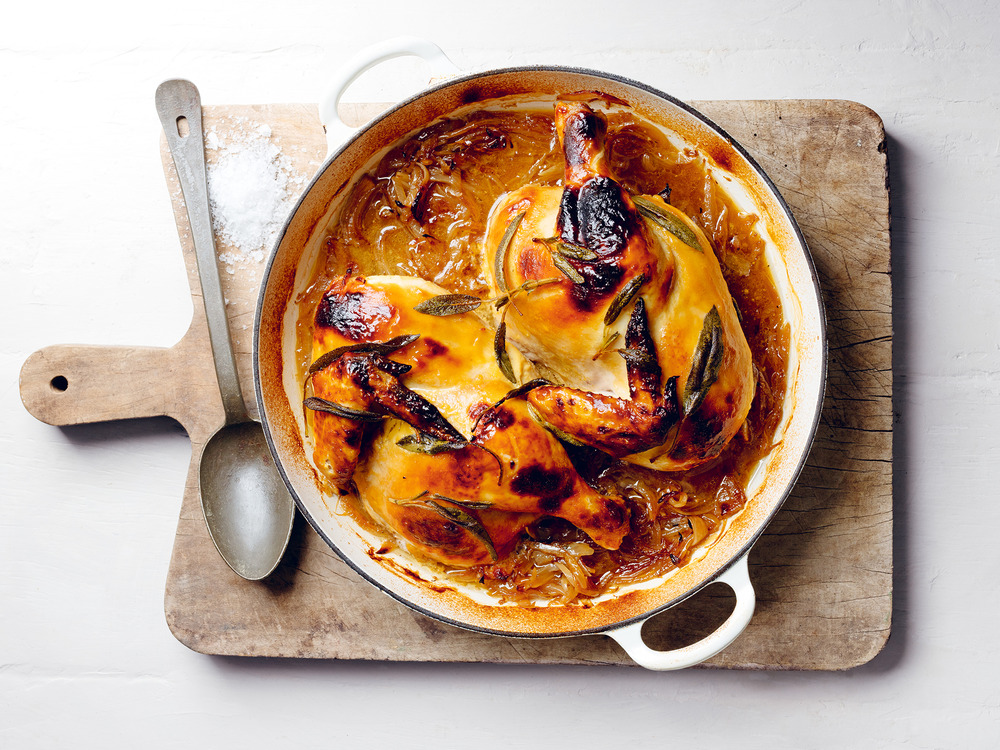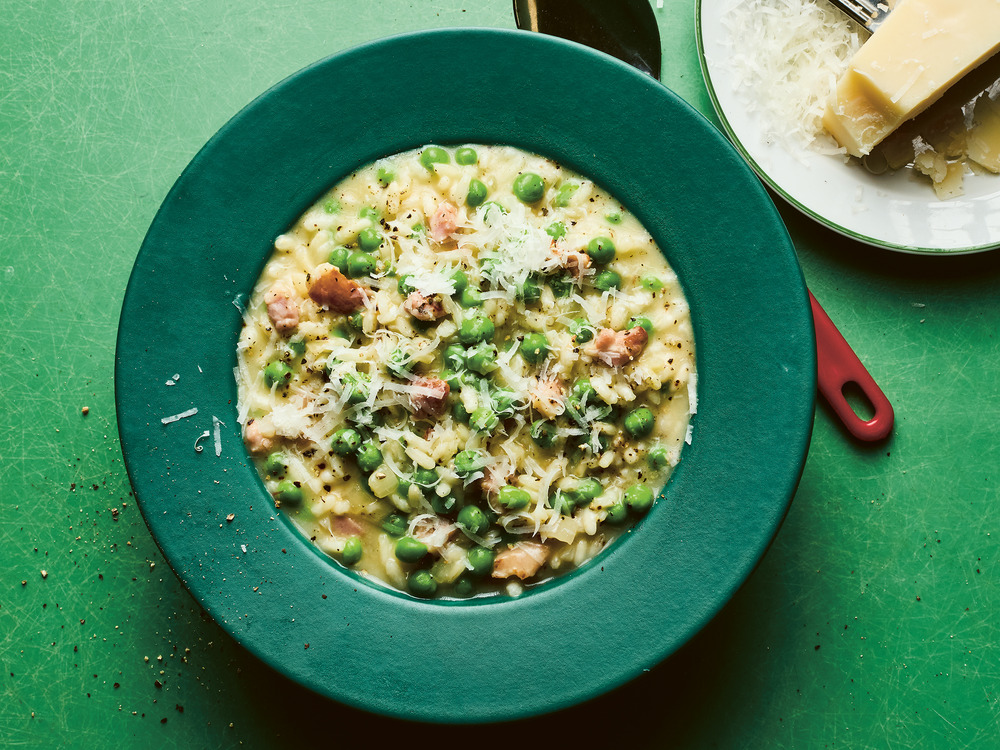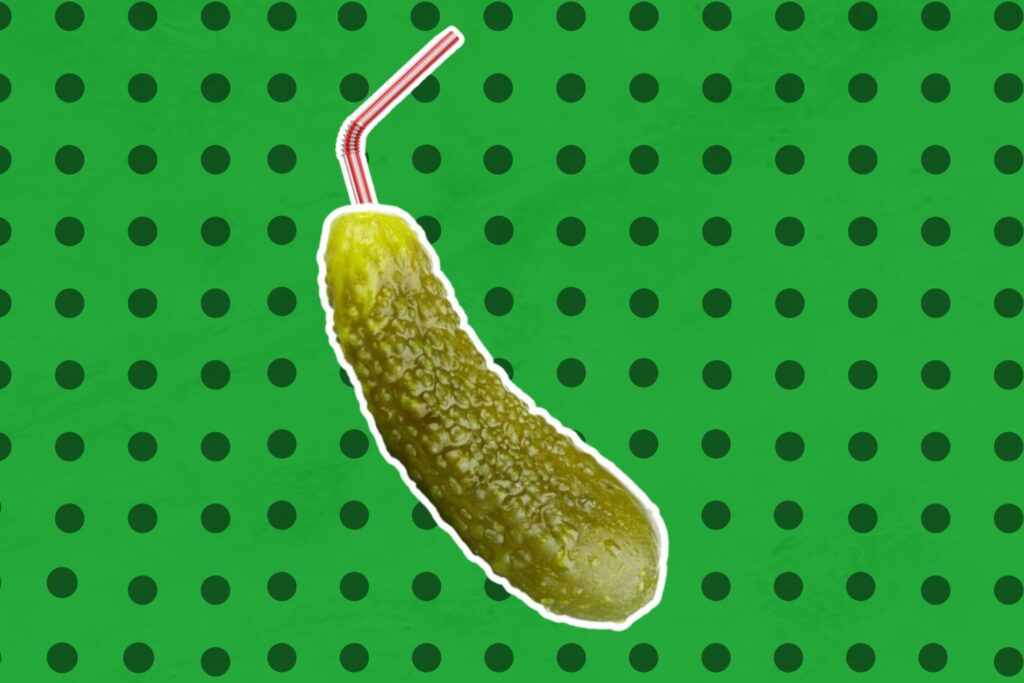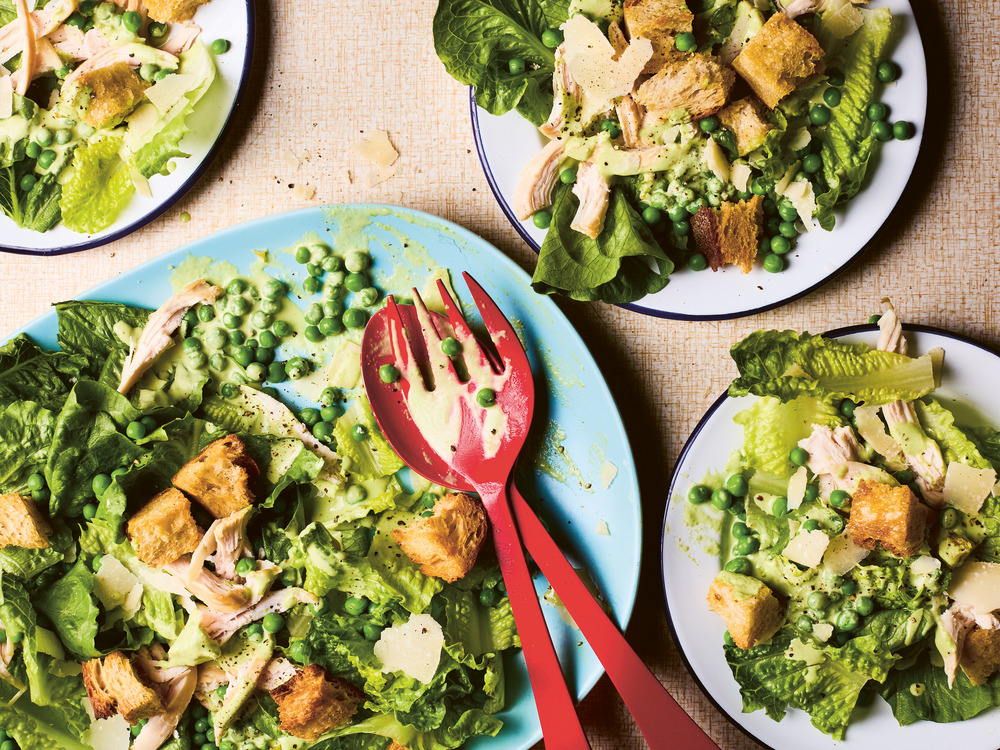In our business, we are always talking about the importance of eating nutrient-dense foods, especially for babies, pregnant and postpartum women who have high nutrient requirements. Organ meats and other ‘unusual’ cuts are rich in essential nutrients and usually more affordable than your classic steak or stir-fry.
Given the cost of living crisis currently gripping many households, nose-to-tail eating is one of the ways we can maximise food resources, reduce waste, and stretch our budgets further.
The simplicity of nose-to-tail eating
There is no doubt that some cuts require a little TLC when it comes to preparing them, but once you know how, it couldn’t be simpler. What’s more is that they often go hand in hand with what are considered to be staple ingredients – think root vegetables, onions, celery, seasonal greens, spuds and various legumes. Some cuts are so flavoursome (and forgiving) that slow cooking with nothing but water and a little salt will result in an incredibly delicious dish. When cooked simply, the leftovers from one meal can be transformed into multiple dishes.
Nose-to-tail eating and sustainability
Nose-to-tail is a culinary philosophy that advocates for using every part of the animal in food preparation. It revolves around the belief that if an animal is killed for food, it’s respectful and ethical to use every part of it, from nose to tail, minimising waste. This philosophy not only promotes sustainability but also encourages a broader culinary appreciation of the entire animal, beyond just the prime cuts. Throughout history, many cultures have celebrated animals in their entirety, meticulously preparing the innards, feet, cheeks, and tails of various creatures. There are numerous benefits to this type of eating, and it is deeply rooted in many traditional cuisines worldwide.
Why organ meats are so nutritious
Organ meats are nutritional powerhouses. For example, the liver is high in vitamin A, B vitamins, and iron. Spleen is very high in iron. Kidneys are rich in selenium and various essential nutrients, and bone broths are a rich source of minerals and collagen. Whilst capsulated freeze dried organs and collagen powders are a convenient option, they’re expensive which makes them inaccessible for many households.
Tips for adopting a nose-to-tail approach
- Start with familiar cuts and gradually introduce organ meats. For instance, incorporate small amounts of liver or kidney into minced meat dishes.
- Educate yourself on traditional recipes from various cultures. Keep an eye out for old French cookbooks at second-hand stores, they’re often full of delicious nose-to-tail recipes.
- Build a relationship with local butchers or farmers who can provide guidance and source various cuts.
- Attend workshops or classes that focus on nose-to-tail cooking.
Here are three recipes that incorporate nose-to-tail eating
Slow-Cooked Osso Buco
Chicken Bone Broth
Pork Hock Noodle Soup

